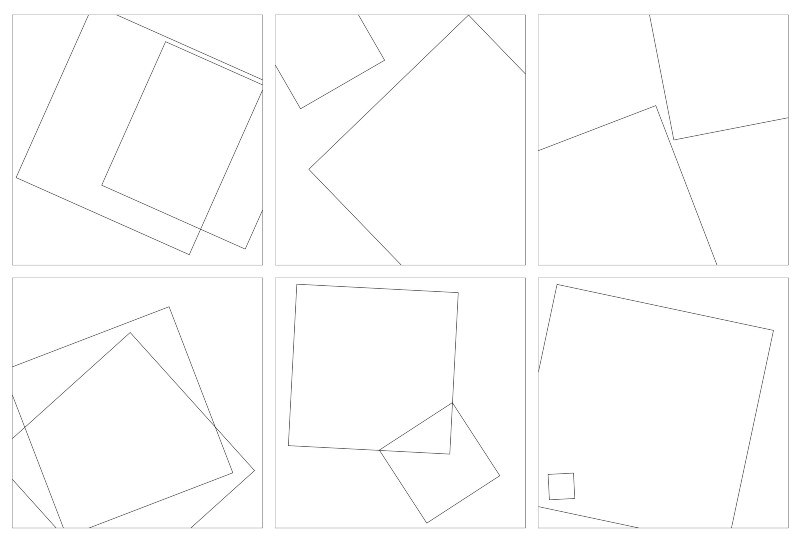October 22, 2016

The Designer’s Invisible Skill Set
How some designers become magicians while others remain stylists
A design education begins with a zen-like challenge: place two black squares on a white background.
The professor explains that some arrangements will be dull and lifeless. Those assignments will fail. Other submissions will be dynamic and interesting. Those assignments will pass.
As you set yourself to the seemingly simple task you realize the complexity of the challenge. There are an infinite amount of ways to arrange the squares and you have no crutches because all the other elements of design have been forbidden.
No gradients.
No variation of line weight.
You can’t use the manipulative properties of color.
No shades of gray.
No room for your unique style and personality.
You don’t even get to defend your work. Your composition will be taped up anonymously in front of the class and the group will decide the fate of your squares.
You resist. It goes against the prevailing notion that in art there aren’t rights or wrongs. And design is really just commercial art, right? This assignment doesn’t seem fair.
But you give it a try. As you play with the squares you start to realize the tools you do have:
You can vary the size of the squares.
You have freedom of movement.
You can rotate.
The squares can overlap.
The white background, which seemed invisible before all of a sudden has meaning. Its 6x6 inch boundaries have consequences.
As you move the squares around you start to sense the accumulation and release of tension. With each tiny alteration of your design you ask yourself, “is this better or worse?” What is it about that relationship that works better than this one?
You are developing a sensitivity to quality. You are learning to pick up on the micro-decisions that separate good design from the mediocre. This sensitivity will eventually allow you to transform text into typography, chaos into clarity. This isn’t art, it is a different skill altogether. The invisible is becoming visible. You are becoming a designer.

Your design gets put on the board along with the submissions of your classmates. The critique is just as valuable as the assignment becuase you get to hear explanations of why some designs are successful and why others struggle. You are developing a visual vocabulary that supports your invisible skills.
The square assignment leads to exercises that teach you all the other elements of design. One by one you understand the nuances of line, form, direction, size, texture, color, value, balance, gradation, repetition, contrast, harmony, dominance, unity, and depth.
Eventually the classes will end and you will join the workforce. Here, you will be surrounded by people who, although they might have an intuitive sense of quality, haven’t put in the time to understand design. To them, design is still invisible.
If you are lucky you will land in a place where your design sense is valued and recognized for what it is, a rare skill. When design is invisible and valued, your role is that of a magician. Co-workers come to you because they know you are the only one that can create meaning from disorder, structure from chaos.
But often you land in a job where your role is misunderstood. Perhaps they dismiss your role as simply “aesthetics.” When design is invisible and not valued, your role is that of a stylist. You become the person who comes in after all the “real” work is done to apply a layer of visual frosting to the final product.
If you are stuck in the role of stylist, you may be wondering if it is possible to make your invisible skills real to your co-workers. I believe it is, and I recommend you explore my thoughts about recalibrating the pattern recognition machine.
I try to reveal the tricks of design magicians each week, so consider following me so you don’t miss the next one. Stay creative.
One more thing. If you enjoyed this post, you might enjoy part 2 where I confess that everything I wrote here might be wrong.
Previous: Color Theory Scams, Exposing How Designers Manipulate You With Color